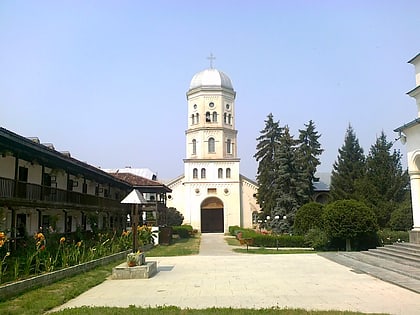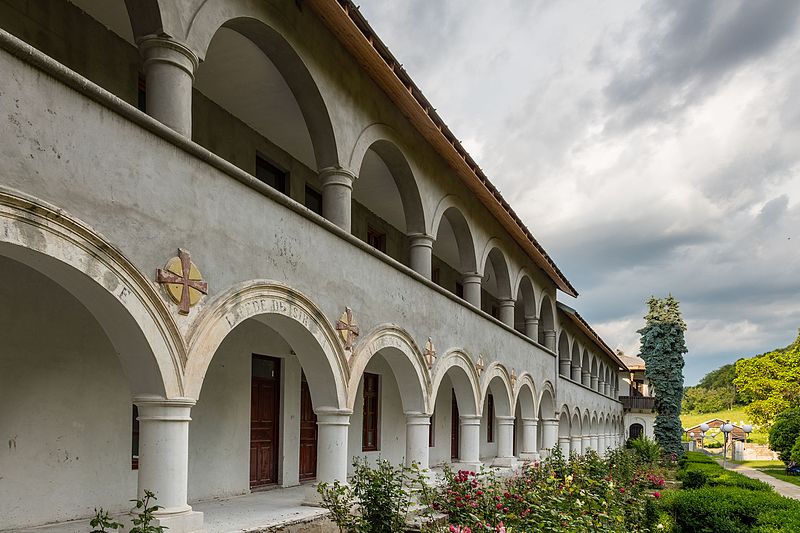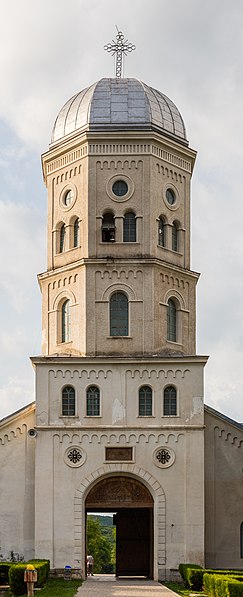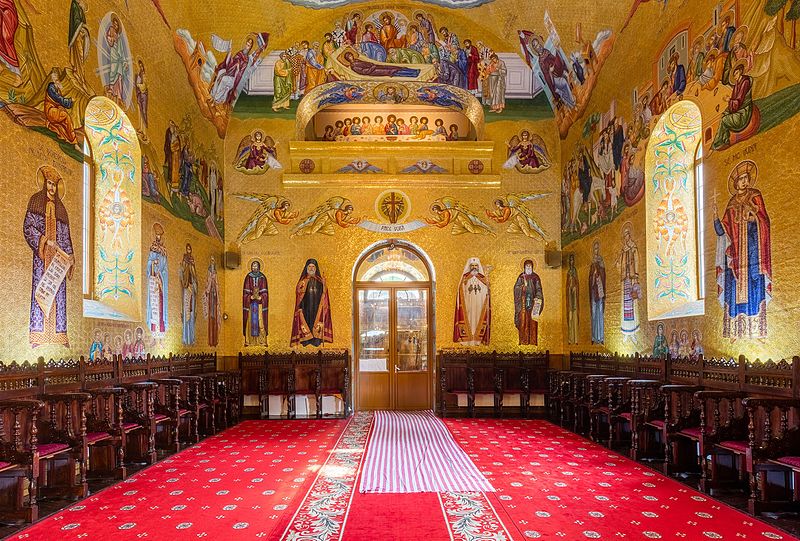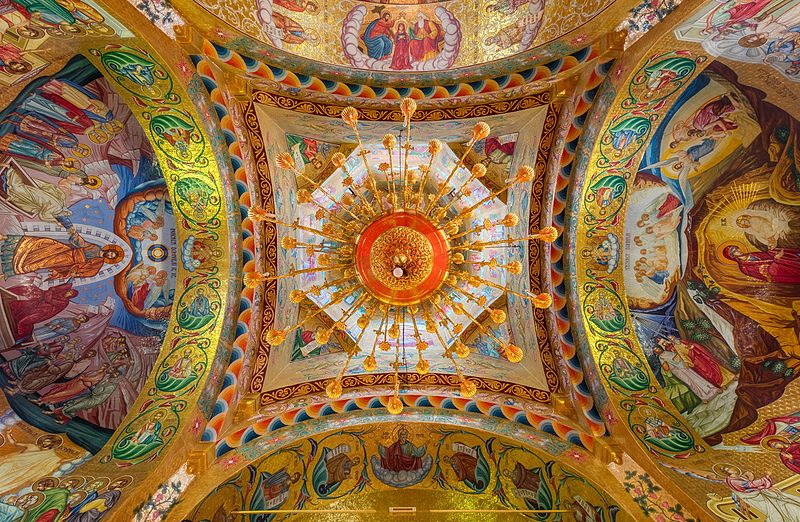Cocoș Monastery
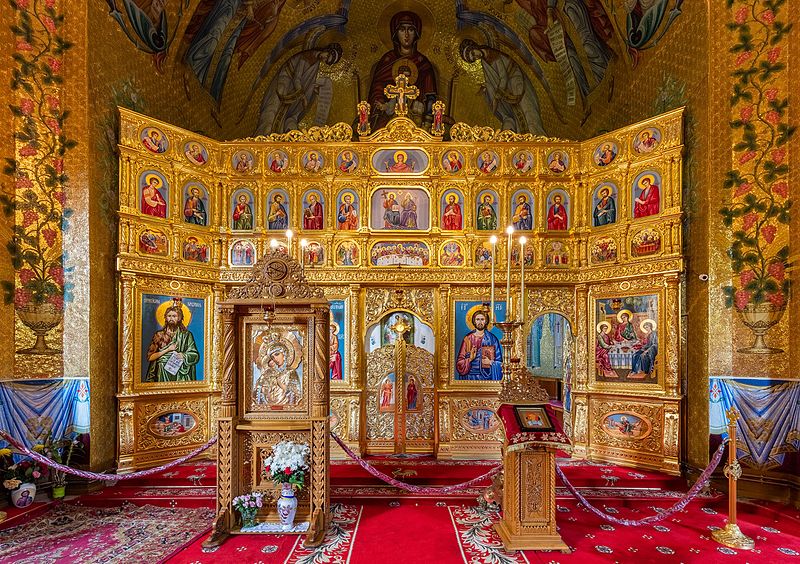
Facts and practical information
Nestled in the serene landscape of Northeastern Romania, Cocoș Monastery emerges as a beacon of spiritual life and architectural beauty. This Orthodox monastery, located in the Dobrogea region, is a site of pilgrimage and contemplation, attracting both the faithful and tourists with its peaceful ambiance and rich history.
Founded in the early 19th century, Cocoș Monastery is dedicated to the "Dormition of the Theotokos," celebrating the Virgin Mary. It was established by Saint Hierarch Dionysius the Humble, who fled Mount Athos during the Ottoman occupation. The monastery is a testament to the resilience and dedication of its founders, who sought to create a spiritual haven amidst challenging times.
The architectural ensemble of Cocoș Monastery is characterized by its traditional Romanian design, with Byzantine influences that reflect the religious and cultural heritage of the region. The main church, with its impressive frescoes and iconography, is the centerpiece of the complex. It is surrounded by well-manicured gardens and secondary buildings that serve the monastic community, including living quarters, a refectory, and workshops.
Visitors to Cocoș Monastery can explore the tranquil grounds and attend the religious services, which are conducted in the Romanian language and follow the Julian calendar. The monastery also houses relics and sacred objects that are of significant historical and religious importance, providing a tangible connection to the Orthodox Christian tradition.
In addition to its spiritual significance, Cocoș Monastery plays an important role in the local community, offering support and charity work to those in need. It stands as a symbol of faith and tradition in Romania, embodying the country's religious heritage and the timeless values of Orthodox Christianity.
Cocoș Monastery – popular in the area (distance from the attraction)
Nearby attractions include: Noviodunum, Isaccea, Măcin Mountains.
